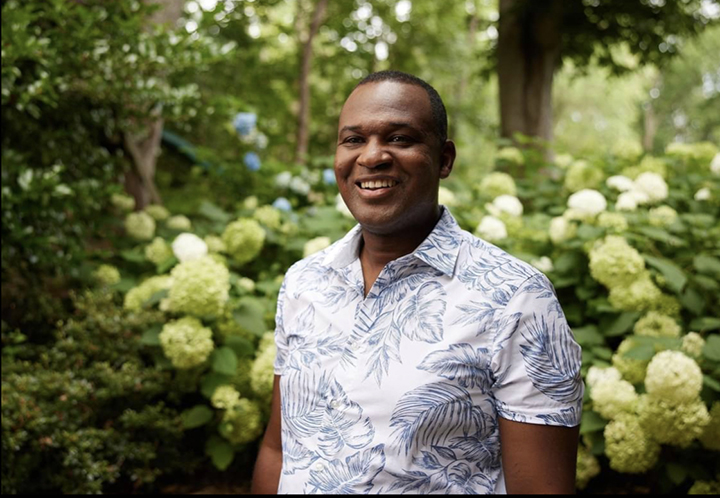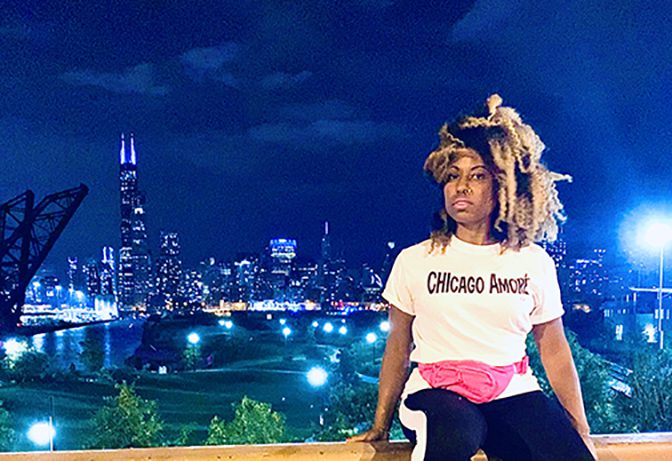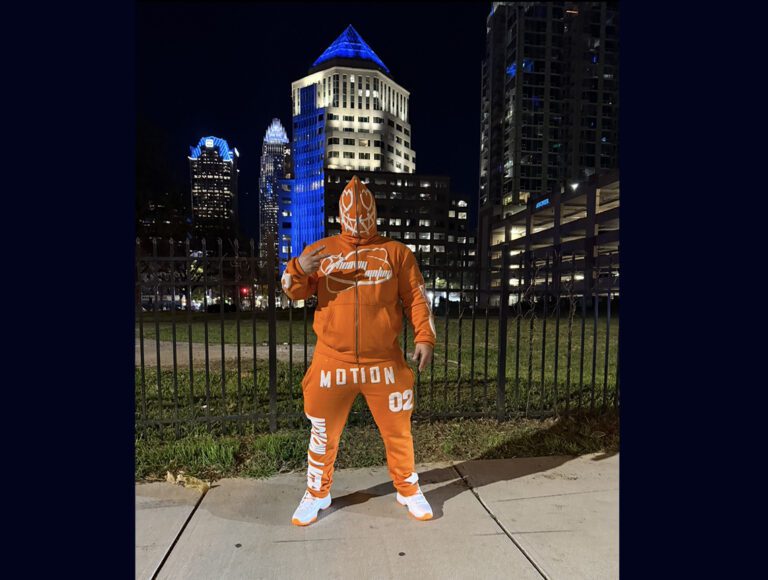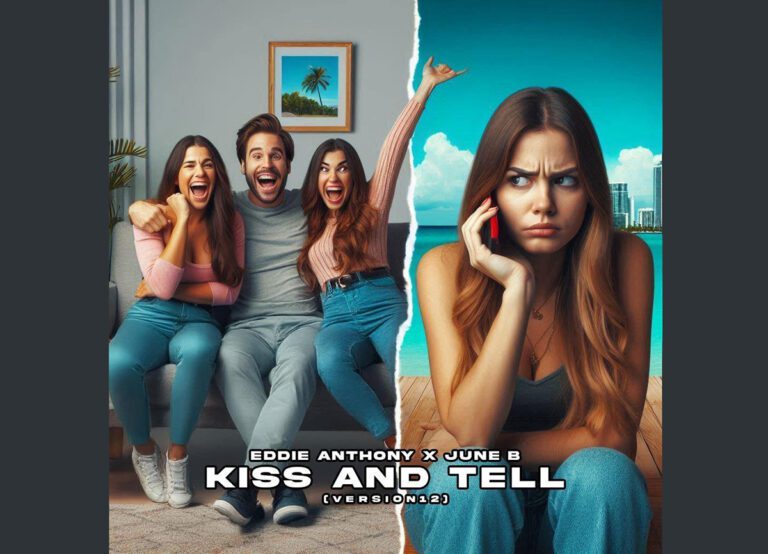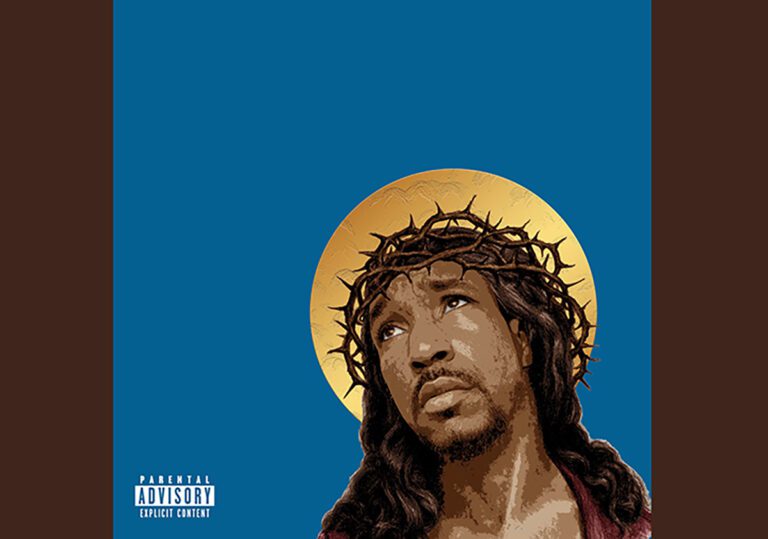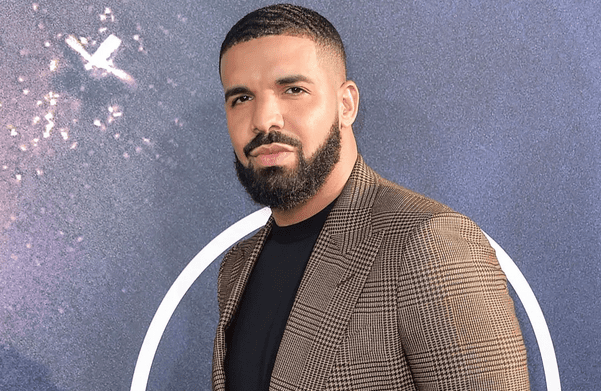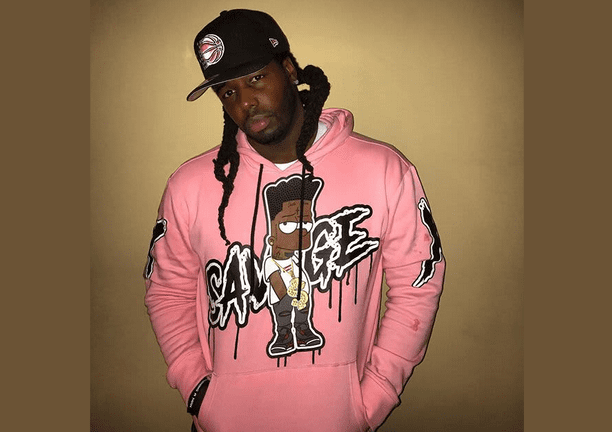
In the world of urban journalism, few figures have left a legacy as impactful as Zack Stoner, widely known as Zack TV. A pioneer in street reporting, Zack TV was more than just a YouTuber—he was an authentic storyteller, a fearless voice in Chicago’s drill music movement, and a journalist who gave a platform to the unheard voices of the streets.
The Rise of Zack TV: Giving a Voice to the Voiceless
Before bloggers and mainstream media began covering Chicago’s underground rap scene, Zack TV was already in the trenches, documenting the raw reality of street life and drill culture. His YouTube channel, ZackTV1, became a hub for exclusive interviews with rappers, gang members, and community figures—individuals whose stories were often ignored by traditional news outlets.
Zack had a knack for asking the right questions, diving deep into the personal struggles and triumphs of Chicago’s rising artists. He was the first to give exposure to many drill rappers before they reached national fame, including artists like Chief Keef, Lil Durk, FBG Duck, and L’A Capone. His work was uncut, unfiltered, and unapologetically real—a style that set him apart from mainstream media.
Fearless Reporting in Dangerous Territory
Zack TV wasn’t just an interviewer—he was a true urban journalist who took risks that most wouldn’t dare. He walked into some of the most dangerous neighborhoods in Chicago, camera in hand, documenting the realities of gang culture, police brutality, and systemic struggles in the city.
Unlike many media outlets that sensationalized Chicago’s violence, Zack approached his work with compassion and authenticity. He sought to tell both sides of the story, often humanizing individuals caught up in the cycle of violence. His goal was to bridge gaps, not widen them, and he often encouraged young people to put down guns and focus on their talents.
The Tragic End: Zack TV’s Murder
On May 30, 2018, Zack TV’s life was tragically cut short when he was shot and killed in downtown Chicago after leaving a party. He was just 30 years old. His death sent shockwaves through the hip-hop and journalism communities, as many mourned the loss of a man who was changing the narrative of urban reporting.
His murder remains unsolved, fueling speculation about whether his fearless reporting made him a target. Some believe he was killed for exposing too much, while others think he was simply caught in the city’s ongoing street conflicts. Regardless of the motive, his death marked a huge loss for independent journalism.
The Legacy of Zack TV
Even after his passing, Zack TV’s influence continues to be felt. His videos remain on YouTube, serving as a historical archive of Chicago’s drill movement and the stories of those who lived it. Many urban journalists and bloggers cite Zack TV as their inspiration, carrying on his mission of telling authentic stories from the streets.
More than just a reporter, Zack TV was a documentarian of raw culture, giving light to a world that mainstream media often overlooked or misrepresented. His work paved the way for a new generation of independent journalists, proving that the most powerful stories come from those willing to tell the truth—no matter the risks.
Final Thoughts
Zack TV’s impact on hip-hop culture, journalism, and urban reporting will never be forgotten. He wasn’t just covering stories—he was creating history. His legacy serves as a reminder of the power of independent media and the risks that come with fearless storytelling.
Rest in power, Zack TV—The Street Journalist.



![[Emo Rap | Alt. Grunge] Kobenz is releasing a new hit, ‘Gothxbitch’! Kobenz](https://raptology.com/wp-content/uploads/2020/11/Kobenz.jpg)

